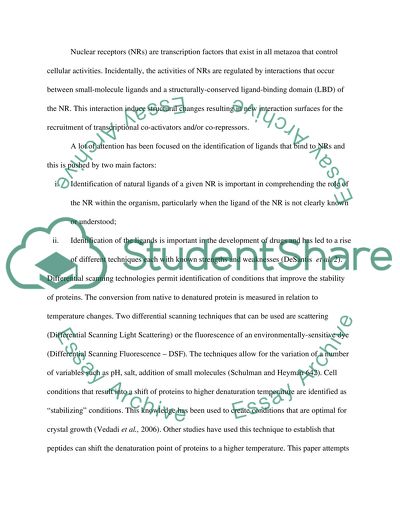Cite this document
(“Use of differential scanning fluorimetry as a high-throughput assay to Article”, n.d.)
Retrieved from https://studentshare.org/chemistry/1465137-use-of-differential-scanning-fluorimetry-as-a-high
Retrieved from https://studentshare.org/chemistry/1465137-use-of-differential-scanning-fluorimetry-as-a-high
(Use of Differential Scanning Fluorimetry As a High-Throughput Assay to Article)
https://studentshare.org/chemistry/1465137-use-of-differential-scanning-fluorimetry-as-a-high.
https://studentshare.org/chemistry/1465137-use-of-differential-scanning-fluorimetry-as-a-high.
“Use of Differential Scanning Fluorimetry As a High-Throughput Assay to Article”, n.d. https://studentshare.org/chemistry/1465137-use-of-differential-scanning-fluorimetry-as-a-high.


